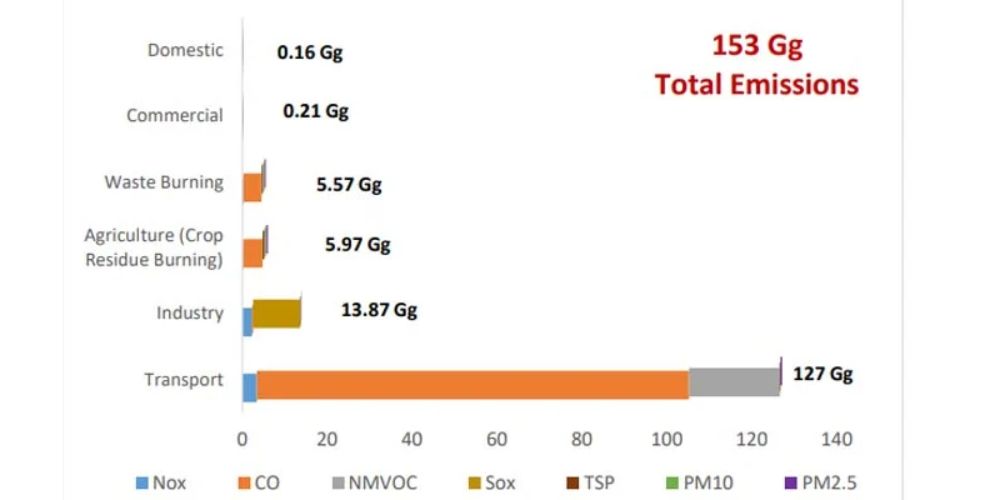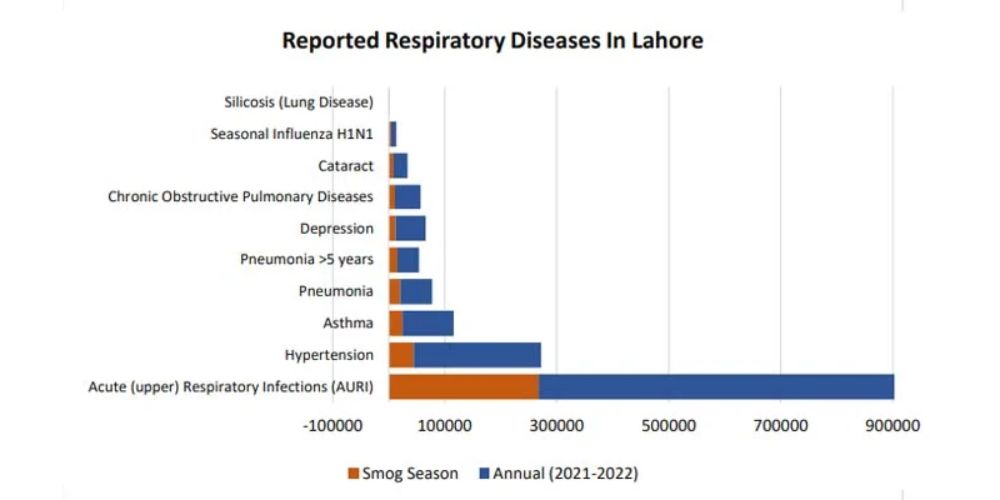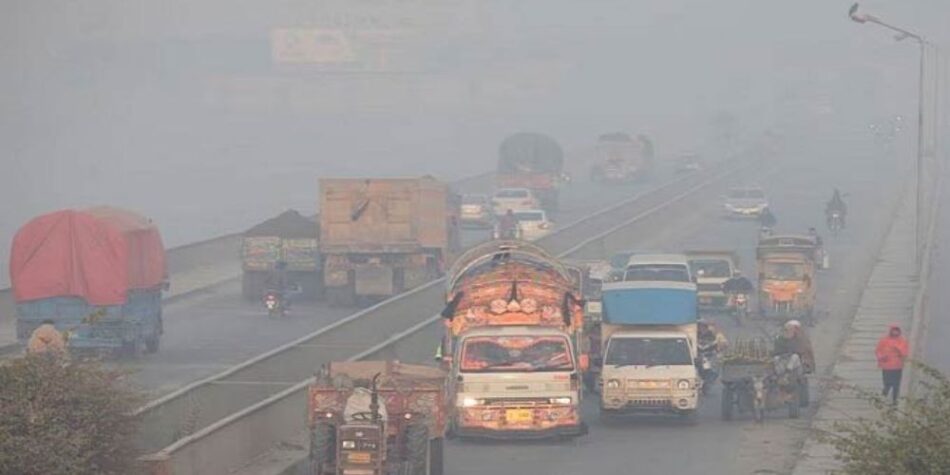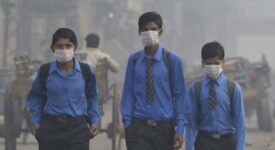According to a report by The Urban Unit of the Punjab Planning and Development Department, the transport industry is responsible for more than 80% of Lahore’s pollution.
In the Punjab province, the Sectoral Emission Inventory of Lahore study is the first district-scale effort to measure air pollutants from human activities across six developmental sectors.
The paper identifies the main causes of pollution in Lahore as being the transport sector, which is responsible for 83% of emissions, industry, agriculture, open waste burning, and inefficient fuel use in the home and commercial sectors.
“The number of registered vehicles in Lahore has increased at an alarming rate, with a sharp rise in the number of two-stroke vehicles such as motorbikes, scooters, and auto-rickshaws.”
As a result of anecdotal evidence suggesting that the majority of vehicles in Punjab province are registered in Lahore, the report admitted that the vehicle counts may be overstated.
Crop residue burning adds 3.9%, and rubbish burning—a popular practise in Lahore’s periphery—contributes 3.6%.

Furthermore, the use of inefficient fuels like coal and diesel oil is said to be the main cause of emissions from the industrial (9%), home (0.11%), and commercial (0.14%) sectors.
Health impacts
According to the research, a study of sectoral emissions showed that Lahore’s ambient air pollution levels were much higher than the PEQs’ established upper limits.
The worst type of pollution now harming Lahore’s citizens is also thought to be air pollution.
According to the Air Quality Life Index Fact Sheet for Pakistan, if the WHO Guidelines of 5 g/m3 (annual average PM2.5 concentration) are met, Lahore citizens’ average life expectancy would increase by 6.8 years.
The report claimed that the city’s increased pollution was to blame for an increase in respiratory illnesses.

Seasonal influenza, pneumonia (>5 years old), pneumonia (5 years old), acute upper respiratory infections (AURI), and cataract incidence rates were 40%, 37%, 35%, 33%, and 32% of the whole year (October 2021–October 2022) respectively.
Pakistan’s environmental issues
The report emphasised the country’s struggle with air pollution and the consequences that followed.
According to Yale University’s Environmental Performance Index (EPI), Pakistan was placed 176th out of 180 nations in 2022 with a score of 5.7 for air quality, a reduction of -0.3 from the previous edition.
According to the World Air Quality research (2021) by IQAir, Pakistan is the third-most polluted nation in terms of air quality, according to the research.
The report also emphasised that the nation is now dealing with the problems of high climate vulnerability and environmental deterioration.
“Rapid urbanisation is functioning as a driver to expand exposure within its cities. Urban regions are the global hubs for energy production and consequently for atmospheric emissions, but they are also the ones that suffer most from the catastrophic effects of a changing climate. The report stated that Pakistan’s major cities are not exempt from these effects.
Urban regions in Pakistan confront a number of difficulties, including inadequate waste management, fast urban sprawl, air pollution, inadequate access to water and sanitation, and congestion.





